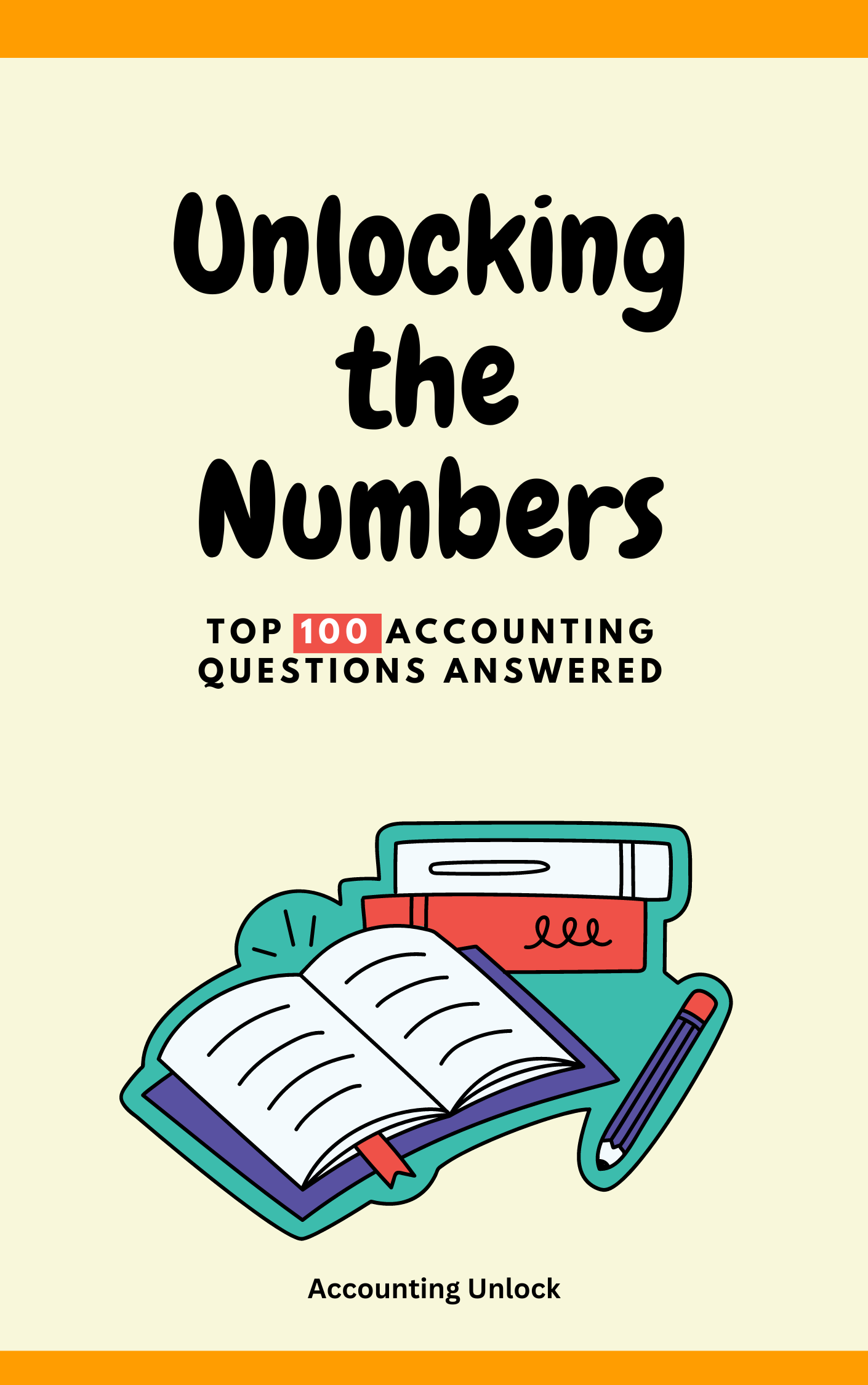Ah, young financial detectives! Ever dreamt of owning a treasure chest overflowing with shiny coins? Well, “face value” is like the “worth printed on the label” of your financial treasures, telling you their official price tag! Think of it as the number stamped on a gold coin, giving you a first peek at its potential worth.
Imagine you’re a pirate captain with a chest brimming with doubloons. Each golden disc has a number etched on it – that’s the face value, like a little price tag glued on by the pirate mint. It tells you, at least officially, how much each coin is worth in the pirate market.
Why is face value important in accounting?
- Tracking assets: Face value helps accountants keep tabs on the official worth of company assets, whether it’s gold coins in a pirate chest (okay, maybe stocks and bonds in real life). It’s like a label on each financial treasure, making it easy to count and track.
- Debt calculations: When companies borrow money, face value plays a role in figuring out how much they need to pay back. Imagine borrowing a chest full of doubloons with a face value of 100 each – that’s the number you use to calculate the debt, even if the actual market value changes later.
- Contract agreements: Sometimes, face value is used in contracts and agreements to specify the value of something. Think of it as a price tag stamped on a treasure map, telling everyone its official worth during a pirate negotiation.
How is face value handled in accounting?
- Financial statements: You’ll often find face value listed in a company’s balance sheet, like a treasure map marking the location of each financial bauble.
- Not always market value: Remember, face value is just a starting point. The actual market value of an asset, like your pirate doubloons, can fluctuate depending on supply and demand. Don’t mistake the label for the real worth!
- Used with other tools: Accountants use face value along with other financial metrics to get a complete picture of a company’s financial health. Think of it as one piece of the pirate treasure map, not the whole picture.
Key points about face value:
- The official price tag stamped on an asset, like a stock, bond, or currency.
- Used in accounting to track assets, calculate debt, and make agreements.
- Not always the same as market value, which can fluctuate.
Remember, young sleuths, face value is like a clue in the grand game of finance. Mastering it helps you decipher the worth of financial treasures, track their movement, and make informed decisions on your own financial journey. So keep learning, keep exploring, and keep your treasure chest overflowing with knowledge!





